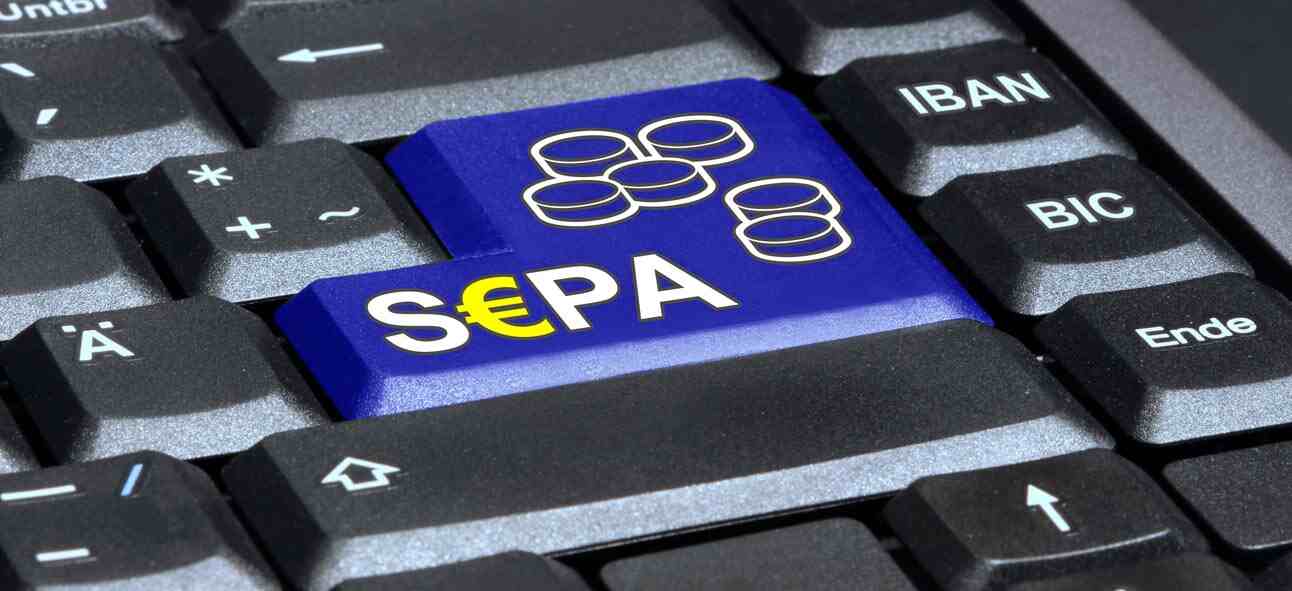Real-time payments (RTP) are taking the world by storm, driven by intense demand from businesses and consumers. The speed and convenience of real-time payments have been the primary drivers behind their rapid growth. A 2020 Mastercard survey of consumers across six markets in three continents found that 75% of people would like all digital payments to be in real time. Another survey found that 90% of business leaders are interested in real-time payments, with a majority believing that RTP will significantly improve customer experience and customer service levels.
Countries round the world are investing in real-time payments infrastructure so that more people and businesses can benefit from them. In fact, 79 countries now have at least one RTP scheme in operation. Across Europe and the rest of the world, the maturing of open banking, introduction of new messaging standards such as ISO 20022, and other measures have made RTP adoption easier. New legislation in the EU also promise to make real-time payments cheaper that what they are now. All of these developments bode well for the future of real-time payments.
So, what is a RTP?
Real-time payments are instant payments that can be made between two bank accounts, at any time, any day of the year – 24×7, including on holidays and weekends. These payments are quick, secure, and simple, making them a great choice for business and consumer payments, such as ecommerce payments or P2P transfers. Real-time payments are a much faster (and safer) option than cheques and bank transfers when making cross-border payments. This helps you to make or receive payments on time with lesser chances of fraud.
Real-time payments use RTP rails, which is a digital infrastructure designed to move money from end-to-end in real time. These rails (or networks) operate throughout the year, even on holidays and weekends. This ensures online payments made via this route are initiated and settled almost instantly at any time, any day of the year. Real-time payments, along with open banking, have made it easier for businesses to accept and make payments, improve customer experience and become more competitive.
There are several benefits for businesses to use RTP:
- Faster payment settlement and confirmation – means you get paid on time and can pay your suppliers and partners on time. Every receives a bank confirmation once payment is settled.
- Richer data – RTP moves richer data via the ISO 20022 messaging standard, which provide actionable insights into corporate client needs
- Greater control – you have more control over when your payments are cleared. This gives you more visibility and control over your cash flow.
RTP in Europe – where are we?
The real-time payments market in Europe will grow at a CAGR of 24.3% from 2022 to 2027. Main drivers for this are the rapid growth in smartphone usage, consumer demand for quicker payments, and government efforts in various countries of the EU. With deeper internet penetration and higher mobile usage, several countries in the EU are moving to electronic payments, including markets traditionally reliant on cash.
The maturing of open banking infrastructure and newer standards such as ISO 20022 have accelerated the adoption of RTP across Europe. Currently, SEPA Instant Credit Transfer in the EU, Faster Payments in the UK, and P27 in the Nordics are the RTP systems in the European region. These RTP systems will help drive higher participation, increase access to services, build resilience, and increase innovation in the payments ecosystem across the region.
Examples of Real-Time Payment systems in Europe
SEPA Instant Credit (in the EU)
SEPA Instant Credit Transfer (also known as SCT Inst) is a RTP system in the EU. SCT Inst transfers can be made ONLY in Euro (€). They are carried out directly between the sender and recipient’s bank accounts and do not involve cards or card schemes. Using this service, you can send or receive up to €100,000 at a time, at any time, on any day throughout the year.
- Maximum transfer limit: Up to €100,000 at a time
- How long does it take: Less than 10 seconds
For a SCT Inst payment, you will require the IBAN (International Bank Account Number) and the BIC (Business Identifier Code) of the sender and recipient’s bank accounts. Also, both the sender and the recipient’s banks must be registered SEPA Instant members. Currently, you can make SEPA payments in 36 countries that are a part of the SEPA scheme (see list of countries here).
Know more: SEPA Payments For Business: All You Need to Know
Faster Payments (in the UK)
Faster Payments is a real-time electronic money transfer service by Pay.UK. It allows you to make payments over mobile, internet, telephone, or standing order. The service is available 24 hours a day, 365 days a year. Currently, you can make payments of up to £1 million via the service. However, participating banks sometimes set their own limits. Before initiating the process, your bank will verify your identity, usually by asking for your password. You also need to provide your supplier’s sort code and bank account number, which serve as the identifying address for the Faster Payment.
In 2022, the Fast Payment System enjoyed a record-breaking year, processing 3.4 billion transactions with a value of £2.6 trillion. This represented a year-on-year volume increase of 568 million payments, or 20%, and an 24% jump in values (up from £2.1 trillion in 2020).
Know more: What Are Faster Payments in the UK: Everything Merchants Need to Know
P27 (in the Nordics)
P27 is a pan-Nordic payment system that will process domestic and cross-border payments in real-time, in the Nordic currencies and the Euro. The platform, which is expected to go live by the second quarter of 2023, will support instant payments between people and businesses within the Nordic region. It will enable real-time, batch, domestic and cross-border payments to be processed quickly and at a low cost on a secure platform.
P27 will use the latest ISO 20022 messaging standard, to enable richer exchange of data. The platform will support RTP clearing and account settlement, regardless of currency. It will also help participating banks to work with one another more seamlessly. P27 is a joint initiative by six large Nordic banks to make cross-border payments more efficient and harmonized. Once it goes live, P27 will be the world’s first real-time, cross-border payment system in multiple currencies.
Know more: P27 and the Future of Cross-border Payments in the Nordics
How Can Novalnet Help?
If you want to set up real-time payments, we can help. As trusted advisors to Europe’s leading brands on all things payments, our state-of-the-art technologies and methods help businesses like yours accept payments globally.
From our instant payment plug-ins to our AI-based risk management tools, we have the resources to get you up and running with your payments in a short time, and with zero hassle. Reach out to us today to know more.
Jose Augustine is the Chief Business Development Officer at Novalnet with extensive experience in European payment industry and a knowledge powerhouse.










